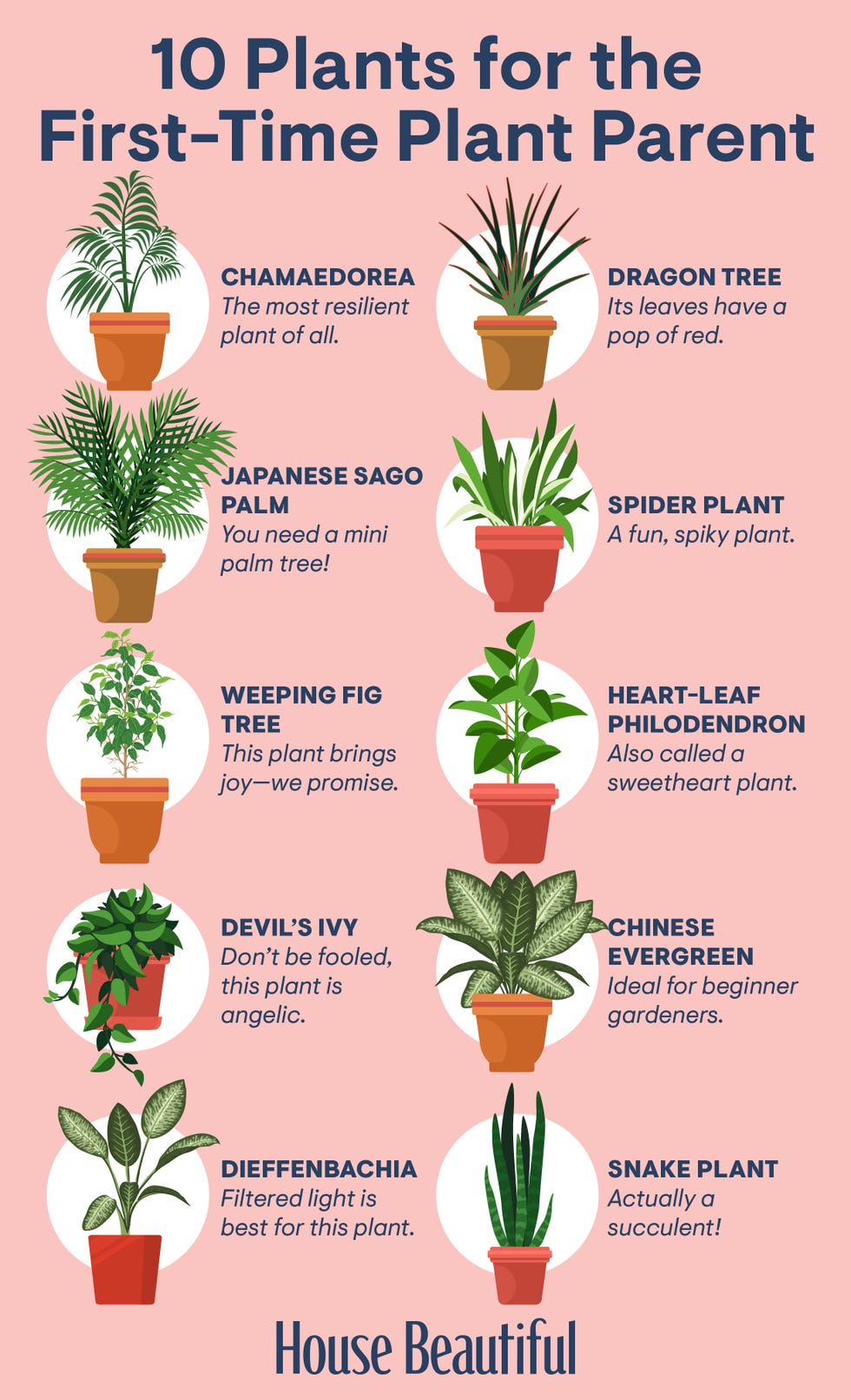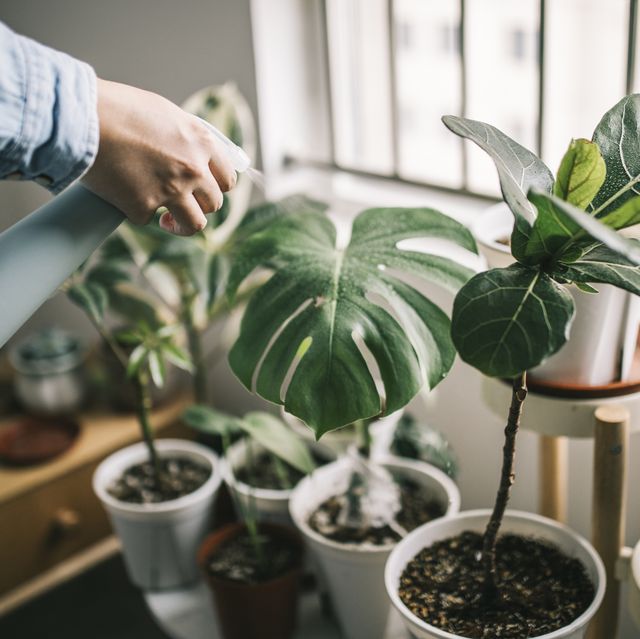Best Low-Light Indoor Plants for Those with Limited Natural Light in Their Homes
Best Low-Light Indoor Plants for Those with Limited Natural Light in Their Homes
Blog Article
Discover the Best Low-Light Indoor Plants for Enhancing Your Home Decor
Integrating low-light interior plants into your home design can significantly enhance both aesthetics and atmosphere, particularly in spaces that do not have abundant all-natural light. Selections such as the Serpent Plant and ZZ Plant not only bring life to lower corners however also contribute to enhanced air quality and general well-being.

Why Select Low-Light Plants
Why choose low-light plants in your indoor rooms? The modern-day living atmosphere often provides difficulties such as restricted all-natural light, making it difficult for typical houseplants to grow. Low-light plants are especially adapted to make it through and thrive in these problems, providing a viable remedy for individuals looking for to improve their interior rooms without the included anxiety of keeping a lot more light-demanding flora.
In enhancement to their resilience, low-light plants contribute dramatically to the aesthetics of an area. Their varied series of forms, colors, and sizes allows for one-of-a-kind interior decoration chances, producing inviting and dynamic atmospheres. In addition, indoor plants are understood for their air-purifying top qualities, boosting interior air quality by filtering system contaminants and launching oxygen, which can boost overall health.
Low-light plants additionally need marginal maintenance, making them specifically interesting busy people or those new to gardening. Their adaptability permits positioning in numerous atmospheres, from workplace to poorly lit edges of the home. By selecting low-light plants, you can take pleasure in the advantages of greenery without the restrictions that frequently go along with typical horticulture, inevitably fostering a much healthier and extra aesthetically attractive interior atmosphere.
Top Low-Light Indoor Plants
For those seeking to boost their interior areas with greenery that grows in low-light problems, a number of plant options stand out for their resilience and aesthetic allure. The Snake Plant (Sansevieria trifasciata) is a popular option, known for its upright, sword-like leaves and ability to tolerate overlook. This hardy plant can endure in poorly lit areas while boosting indoor air high quality.
One more excellent alternative is the Pothos (Epipremnum aureum), defined by its heart-shaped leaves and trailing vines. When placed on racks or hanging baskets., Pothos is not just versatile to low light but additionally provides a striking aesthetic contrast.
The ZZ Plant (Zamioculcas zamiifolia) is just as remarkable, flaunting glossy, dark environment-friendly leaves that can illuminate any kind of corner. Its dry spell resistance makes it suitable for busy home owners.
Care Tips for Low-Light Plants
How can you make sure that your low-light indoor plants flourish regardless of limited sunlight? First, choose the suitable potting mix that provides great water drainage while maintaining moisture. A well-aerated soil, such as a blend of potting dirt and perlite, can aid protect against root rot.
Watering is vital; low-light plants generally require much less constant watering contrasted to their sun-loving counterparts. Constantly inspect the leading inch of the dirt-- if it really feels completely dry, it's time to water. Be try here cautious of overwatering, as this can cause fungal concerns and origin degeneration.
Feeding low-light plants should be done sparingly - Best low-light indoor plants. Use a balanced, water-soluble plant food throughout the expanding period, yet get rid of or minimize fertilization in the dormant months
Furthermore, dirt can collect on leaves, inhibiting photosynthesis. Carefully clean the fallen leaves with a moist towel to maintain them tidy.
Finally, observe your plants carefully. Indicators of distress, such as yellowing fallen leaves or leggy growth, can suggest that your plant requires adjustments in care (Best low-light indoor plants). By adhering to these treatment ideas, your low-light interior plants can prosper, including appeal and vitality to your home
Innovative Ways to Display Plants
Elevating the visual charm of your interior area can be accomplished by thoughtfully presenting your about his low-light plants in creative means. Consider making use of vertical area to your advantage; wall-mounted racks can display tracking plants like pothos or philodendron, including lushness while conserving flooring area. Additionally, make use of plant stands of differing heights to create aesthetic passion and deepness, drawing the eye upwards.
Hanging planters are another excellent alternative, using a dramatic impact when put on hold from the ceiling or hooks. Macramé wall mounts can introduce structure and bohemian style, while modern ceramic wall mounts can suit a minimalist aesthetic. For an extra cutting-edge technique, repurpose unique containers such as vintage teacups or glass containers, which can add character to your display.
Organizing plants in collections is also reliable; use differing pot sizes and shades to create a cohesive look. This approach not only improves visual effect but likewise provides a natural environment feel - Best low-light indoor plants. Take into consideration placing plants near light resources like lamps or windows to optimize their growth and display their vivid vegetation, thus improving the total setting of your indoor atmosphere.
Benefits of Indoor Greenery
Numerous researches have demonstrated that incorporating indoor plant right into your living room offers a wide range of benefits, boosting both psychological and physical well-being. One of one of the most substantial advantages of indoor plants is their ability to enhance air quality. Plants soak up carbon dioxide and release oxygen, producing a much healthier atmosphere while additionally removing unsafe toxic substances, thus promoting respiratory system health and wellness.
Moreover, the existence of greenery i thought about this has actually been linked to minimized tension levels. Research study shows that connecting with plants can decrease cortisol levels, which are linked with stress. This relaxing impact can lead to enhanced mood and increased productivity, making interior plants a suitable enhancement to work spaces.
Additionally, interior greenery can boost cognitive feature. Researches suggest that environments improved with plants can lead to increased emphasis, creativity, and total psychological clearness. The aesthetic allure of indoor plants additionally adds to a much more inviting and positive atmosphere, positively influencing social communications and general fulfillment within an area.
Conclusion

Incorporating low-light interior plants right into your home design can substantially improve both looks and atmosphere, specifically in spaces that lack bountiful natural light. Ranges such as the Serpent Plant and ZZ Plant not only bring life to lower corners but likewise contribute to boosted air quality and total wellness. Indoor plants are understood for their air-purifying high qualities, enhancing interior air high quality by releasing and filtering toxins oxygen, which can improve total well-being.
For those seeking to improve their interior spaces with greenery that prospers in low-light problems, several plant choices stand out for their strength and visual appeal. These resilient plants, such as the Serpent Plant and ZZ Plant, thrive in dim problems and call for marginal maintenance, making them appropriate for different way of livings.
Report this page